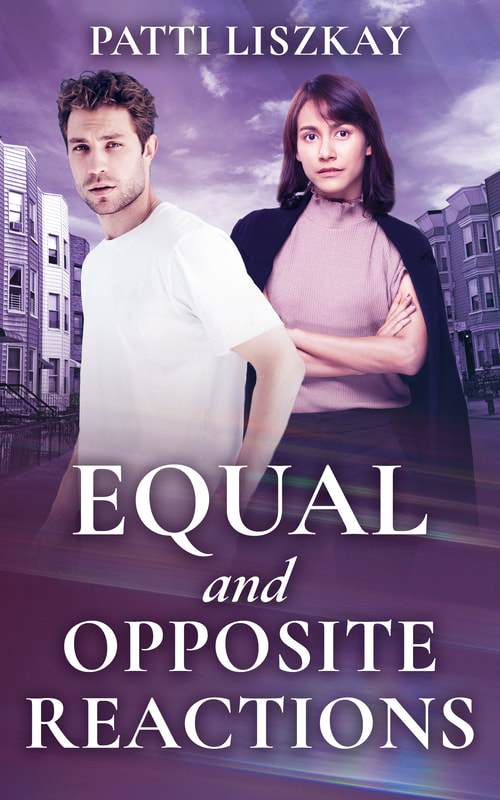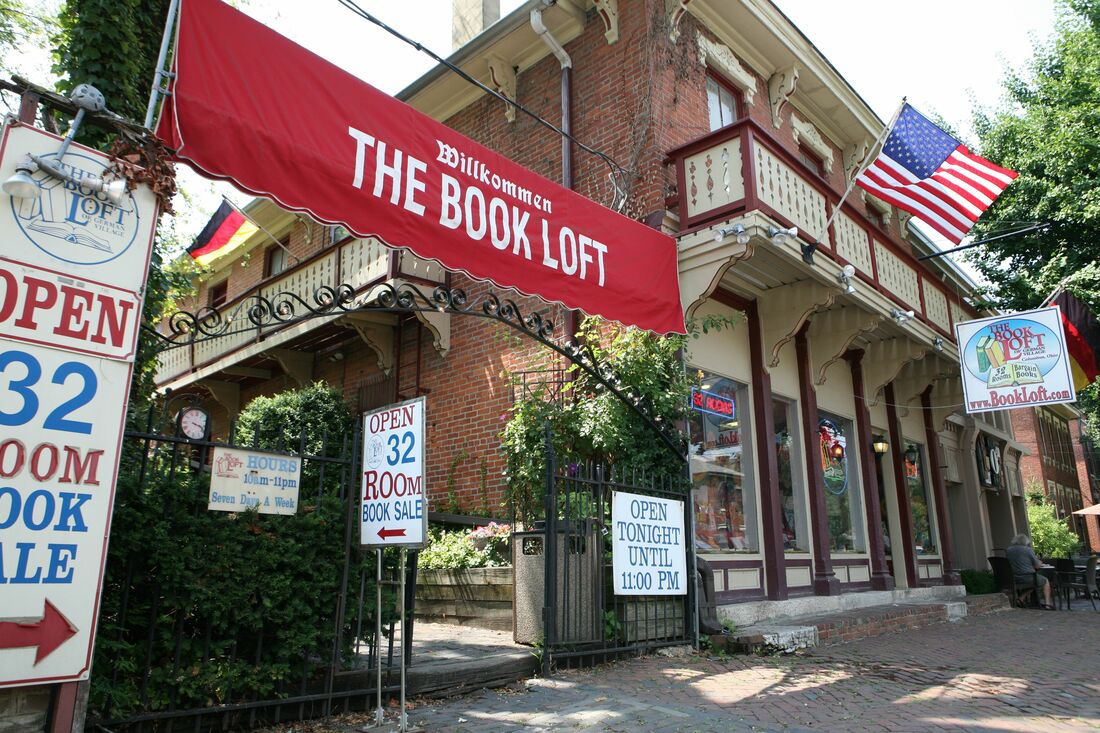|
…Continued from yesterday:
The rifle-toting policia were not the only unit responsible for maintaining public safety and order in the late-night streets of Francisco Franco’s Madrid back in the spring of 1972. There was also at that time in this city, which was in every discernable aspect a modern European capital, a quirky official presence that my fellow tourists and I found oddly delightful. In 1972 all the hotels in Madrid locked their doors at 10 pm, or maybe it was 11 or midnight, I can’t remember exactly. But anyway, at closing time there would appear on various street corners uniformed officials called cerraynos (I’m guessing on the spelling, I never saw the word written), each of whom carried a great ring from which dangled the keys to all the hotels, hostels and lodging establishments within their assigned sector. If you were a hotel guest and stayed out past closing the only way to get back in was to stand in front of your hotel, clap your hands and shout – or sing – “Cerraaaaayno! Cerraaaaaaayno!” and eventually your local cerrayno would appear to unlock the hotel entrance for you. I remember on my first day in Madrid my friends and I made a point of staying out past the closing hour so that we could try calling the cerrayno. I remember the group of us standing on the dark empty sidewalk in front of our hostel late at night, trying the heavy wooden hostel door to make sure it really was locked, looking up and down the street, giggling, each of us waiting for someone else to start, eventually one of us starting, then all of us joining in clapping and singing, “Cerraaaayno! Cerraaaayno!” After a few rounds of the Cerrayno Call our chorus trailed off as we looked up and down the street and asked each other, “Do you see anybody? Aren’t they supposed to be on every corner? Should we try again?” We tried the Cerrayno Call again. And again. And maybe a couple more times, only because we didn’t know of any other way to get into our hostel. Finally from around a corner there came hobbling towards us a bent-over little old man dressed like a hotel doorman in a long important-looking belted coat with a double row of buttons buttoned up to the collar and an officer’s hat on his head. When he reached us he retrieved from his belt his massive key ring, unlocked the door for us and, I imagine, once we were safely ensconced inside, locked the door again behind us. I don’t remember there being cerraynos in any of the other Spanish cities we visited on that trip. Maybe it was a Madrid thing. Two years ago when I returned to Madrid with Tom (see Tighten Your Boots, www.pattiliszkay.weebly.com, post from 10/29/2013) I asked the hospitalieros in the hostel where we stayed if they had ever heard of the cerraynos. One of them, a young man who appeared to be in his 30’s, never had, the other, a man probably in his 40’s, thought he might have, vaguely. I suppose it could have been that the cerraynos were before the time of either of those men. Or maybe it could be that the Spanish people still don’t much care to bring up anything from the Franco era. In any case, beyond asking our two hospitalieros, I didn’t make any effort to try and find out if anyone else in Madrid remembered the cerraynos. But if we ever return to Madrid I’m definitely going to try and find someone in that city besides me who remembers them.
2 Comments
Romaine
6/9/2015 04:41:36 am
Wow - what a kinder gentler time that seems to be. I can't imagine anyone feeling safe enough to leave their keys with a cerraynos or even feeling safe enough to be one.
Reply
Patti
6/9/2015 06:04:47 am
Well, I don't believe it was a kinder, gentler time in Spain under Franciso Franco. It was for the people a more repressive time and I'm guessing the cerrayno business was the law, I doubt the hotels had a choice. But I guess between the rifle-carrying police officers and the cerraynos the streets were much safer.
Reply
Leave a Reply. |
"Tropical Depression"
by Patti Liszkay Buy it on Amazon: https://www.amazon.com/dp/B0BTPN7NYY "Equal And Opposite Reactions"
by Patti Liszkay Buy it on Amazon: http://amzn.to/2xvcgRa or from The Book Loft of German Village, Columbus, Ohio Or check it out at the Columbus Metropolitan Library
Archives
July 2024
I am a traveler just visiting this planet and reporting various and sundry observations,
hopefully of interest to my fellow travelers. Categories |






 RSS Feed
RSS Feed